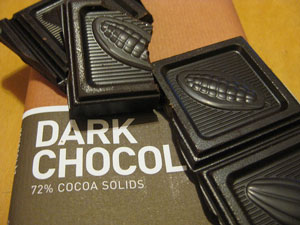Diabetes type 2 is often associated with obesity (body mass index higher than 30.0 kg per meter squared). At the 16th European Congress on Obesity in Geneva Dr. Neil Mann presented a study of 99 patients. Half were put on a high protein diet, the other half on a high carbohydrate low glycemic index diet and followed for one year with periodic blood tests and examinations by their family doctors. The study population’s age ranged from 30 to 75 years and their body mass index varied from 27 to 40. The hemoglobin A1C level that is a measure of severity of the diabetic condition ranged from 6.5% to 10%.
The high-protein diet was structured so that 30% of calories came from protein, 40% came from carbohydrates and 30% came from fat. With the high-carbohydrate low glycemic index diet 15% of the calories came from protein, 55% from low glycemic index carbs and 30% from fat. In both groups the total calorie intake per day was restricted to 1500 calories and the carbohydrates were given as low glycemic index carbohydrates (less processed). In both groups the diabetes was better controlled with hemoglobin A1C, triglyceride levels and cholesterol levels normalizing. Both groups also showed an equal amount of weight loss that stayed down as long the patients adhered to the diet. However, the high-protein group was able to reduce diabetes pills (metformin) and insulin achieving the same results as the high-carbohydrate low glycemic index group that could not reduce their medications. The conventional approach is to use a low-fat, high-carbohydrate diet along with medication. However, this diet tends to lead to higher triglyceride levels, higher blood sugar levels and a reduction in the good cholesterol (HDL).
Dr. Mann who is a professor and head of the department of nutrition and food science at RMIT University, Melbourne, explained the people get confused when they hear the term high-protein diet as they think of the Atkins diet where the protein component was much higher. The diet that was investigated here is a more natural diet consisting of slightly higher protein and less processed carbohydrates. By containing more fat than in the conventional diabetic diet the patient is not getting hungry and finds it easy to stick to the diet, which leads to weight loss and improvement of the metabolism. Many patients can normalize their blood values and often even get off their diabetic medication (under careful supervision by their treating physician). The physician will address the three components of diabetic control (energy balance, glycemic control, and vascular complications) by recommending to the patient this high-protein/low-carb diet. This likely will replace the conventional approach of using a low-fat, high-carbohydrate diet.
More information about a Mediterranean type diet in firefighter’s, which is very similar to this study: http://nethealthbook.com/news/mediterranean-diet-benefits-us-workers/
Reference: 16th European Congress on Obesity, Geneva June 23, 2008
Last edited November 4, 2014








